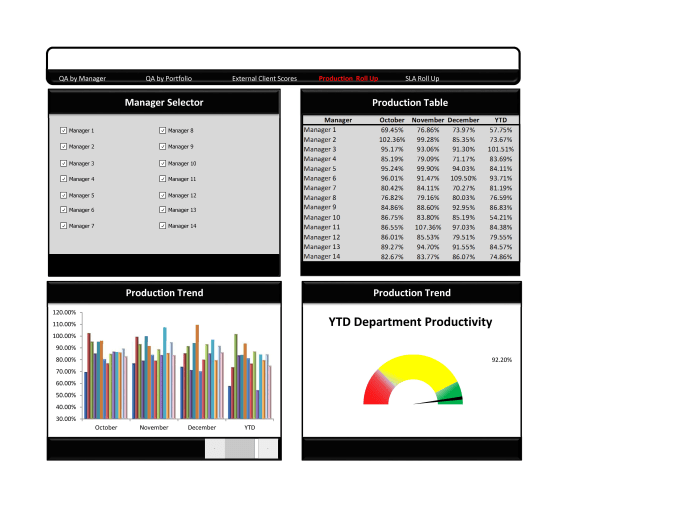
Since there appears to be several ‘resets’ and then a steady decline in the measured value, I would state that there are (at least) two processes being mixed into the final outcome. It reminds me of boring processes where the tool is reset and wears quickly. I accentuated this pattern in the second chart with lines. When you view the run chart you can see a pattern in the data. The data is acceptable for a control chart but may distort a run chart. I also do not know the number of parts between the subgroups. I call it ‘Pseudo” because I do not if the samples selected, 1-5, were sequentially, every other one, or some other sequence. On the second tab or “Pseudo-Run Chart” worksheet, I rearranged the data to create a ‘Pseudo’ run chart. To avoid this issue I also looked at subsets that only had complete data as well as all of the subsets. I probably did not answer clear enough that the math seemed to be fine with the exception of the missing data in the Excel calculations. So, either the math is incorrect, which is the question you originally asked, or the data is not what would be expected for the math. I have even seen people argue that they had a Cpk of 1.33 even though they had data points outside the spec limits. It displayed (showed) data near the LSL and the USL yet it calculated Cpk’s of 1.5 an 2.0. You attached a ‘Process Capability’ or normal distribution chart with your second posting. Missing data makes the calculations slightly harder in Excel, but that can be overcome with some futzing. See my attached worksheet concerning my responses. I am always learning from this forum and other sources.) You are definitely not alone, you have many good fellow quality associates with similar issues. I have also done this thousands of times. Only then let the math assist you in your quest.Īrt did this thousands of times for the engineers and practitioners at Delco Remy. So, to the people in this world who are trying to understand a process, please turn off the calculation crank until you have an idea of what you are looking for. graph it, they could ‘picture’ what was going on. Come back when you can show me the data.” Art knew if one could ‘show’ the data, i.e.

He always said, “Those are nice numbers, but there is nothing I can do. Young engineers would take their data to him and ask for help in solving quality problems. (But first, an aside: I was trained by one of the 13 founders of ASQ, Art Bender. So, I keep second guessing myself on everything.I will try to explain what I am ‘seeing’ in the data for all who are reading this thread and following. Is this the most efficient way to do this? Am I even doing this right? I am new to higher education data.

Then, used conditional formatting to highlight anything <= 0.05. Then, I used this formula of N]]-1) to find the probability. I used VLOOKUP to add these values to the above columns. Then, found the n, mean and st dev for each course (using Minitab ANOVA) and copied & pasted these into their own worksheets by division. I have data with the following columns (see attached pic):ĭivision, Subject, Course, Section, 1st Faculty Name, Location, Counts of A, B, C, D, F, I, S, U, W, Success (A/B/C/S), Fail (D/F/U/W), Complete (A/B/C/D/S)Īnyway, what I've done so far is create a worksheet for each division. I'm much more familiar with Excel (but I hate analyzing statistics in Excel). I need to determine which sections of a course are statistically significant for Success & Failure.


 0 kommentar(er)
0 kommentar(er)
